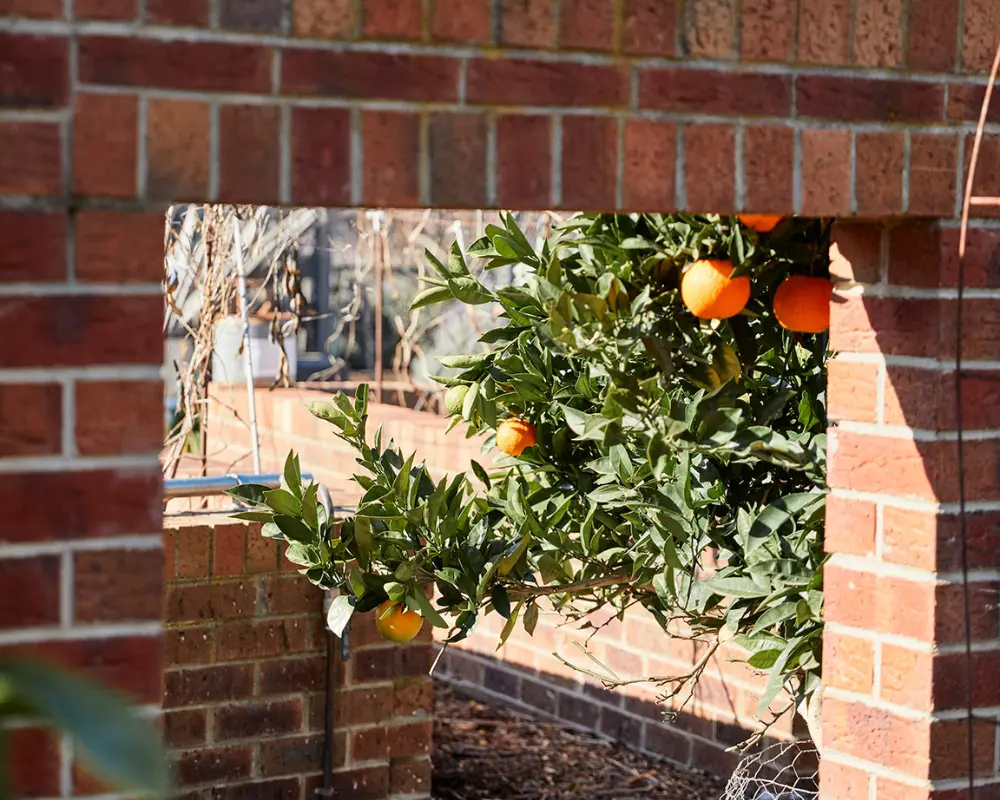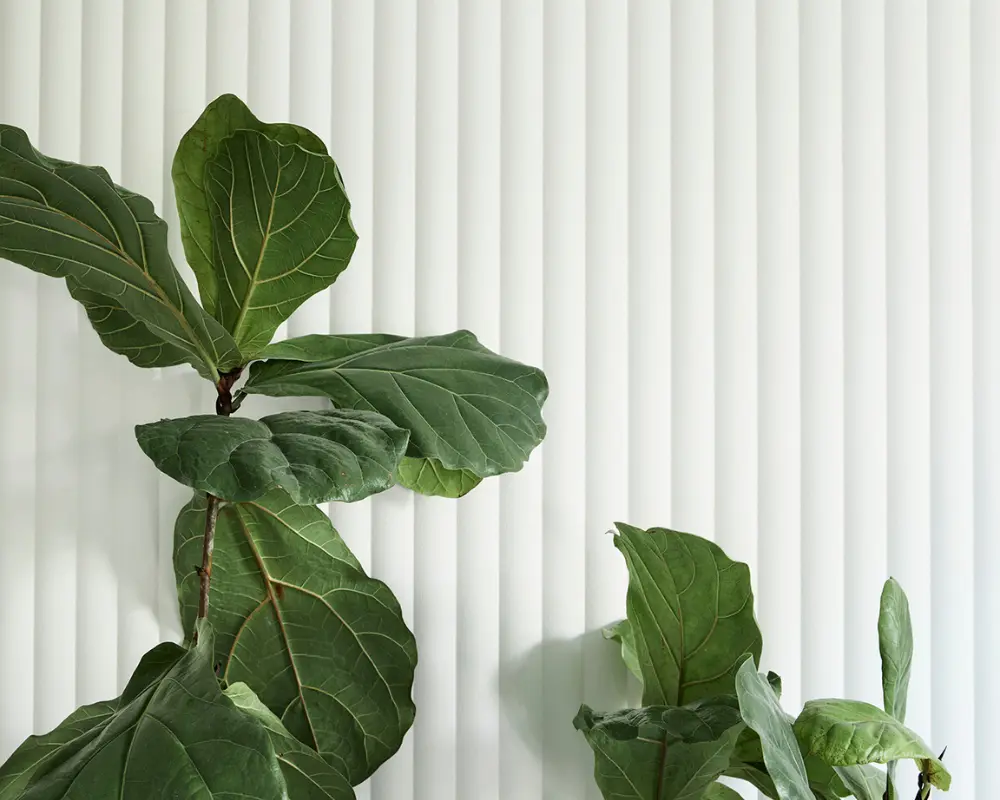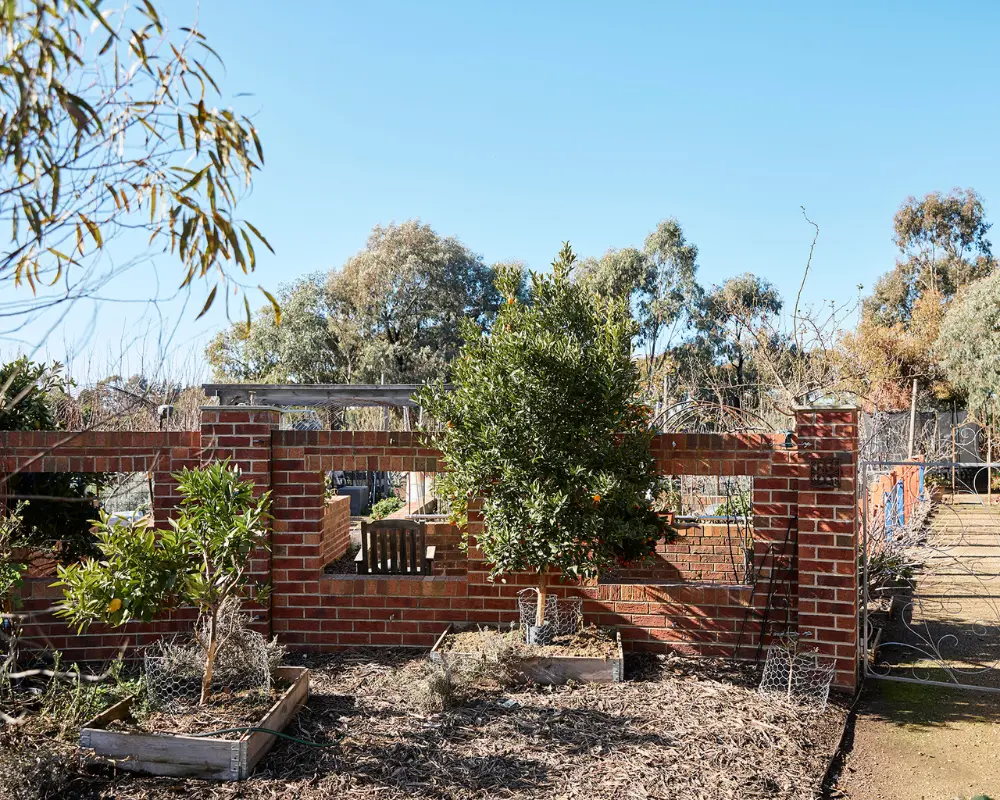Sustainable Eco Builders in Melbourne
What does it mean to be a sustainable builder? Building eco-friendly homes involves following specific principles to ensure that the homes
we build are environmentally friendly, minimise our ongoing carbon footprint and can stand the test of time.
Whether a home is entirely eco-friendly or just incorporates some eco-friendly features, this affects the home's impact on the environment and its ongoing energy consumption.
To begin your journey towards a more sustainable home, it's essential to understand the reasons behind using certain materials and methods,
the costs associated, and how passive home design can be incorporated into your home.
D3 Built can assist you in achieving your goal of building a new home that aligns with your lifestyle and budget.
the cost of an Eco Friendly Home
Embracing eco-friendly construction, although commendable, can come with a substantial price tag. Sustainable homes often demand a higher
budget, prompting the need to evaluate how your financial resources align with environmentally conscious features. It's crucial to set
realistic expectations for what your sustainable home can offer and find a balance between eco-friendliness and practicality.
Understanding the principles of modern house design is essential, but it's important to acknowledge that not every home can adhere to passive house construction methods. Thus, the scope of your eco-friendly home project must be grounded in reality. Your typical 40-square-foot home may be expensive when striving for sustainability, making smaller homes a more feasible option that aligns with your means.
To achieve a sustainable living environment that is both practical and budget-friendly, resetting your expectations is key. Maybe building a
100% sustainable home isn’t the right path for you, but incorporating sustainable materials in its construction can be a step in the
right direction.

Incorporating Sustainable Building Materials
When it comes to creating a sustainable home, it's essential to recognise that a full-scale eco-friendly home might not be the right fit for
everyone. However, there's a middle ground that's worth exploring - the incorporation of sustainable building materials.
You don't have to follow passive home principles strictly. Instead, you can introduce sustainable design and building elements that help reduce the carbon footprint of your home construction while offering other benefits. Sustainability extends beyond just environmental concerns; it also enhances durability and reduces maintenance requirements of your property.
For instance, consider the use of green concrete, which has a lower environmental impact compared to traditional concrete. Opting for aluminium cladding over timber reduces maintenance by being more resistant to UV degradation. Choosing renewable plantation timber instead of gypsum board can further contribute to sustainability. Eco-ply sheets are another eco-friendly option to consider.
It's important to understand why specific materials or products are used or not used in your project and to make product choices from
an eco-friendly perspective.
Designing a Passive Home
What exactly is passive home design? Well, a passive architectural home build boasts characteristics such as airtightness, thermal
insulation and high-performance windows, all working together to enhance energy efficiency and sustainability significantly.
Achieving a truly energy-efficient home involves addressing various factors, including:
-
Thermal Bridging: Engineering solutions are necessary to ensure heat retention and prevent energy loss through these
components, such as double-paned glass or doors with insulated framing.
-
Thermal Mass: Incorporating materials with high thermal mass helps retain heat within the building, stabilising indoor
temperatures and improving energy efficiency. This can include stone or rammed earth walls or water tanks acting as heat sinks.
-
Air Leakage: Blow tests are conducted to check for air leakage, with the goal of keeping it within the range of 1-2% to
ensure airtightness and energy efficiency in sustainable homes.
- E-Leakage: The unintended loss of electrical energy in sustainable homes, which should be minimised to enhance overall energy efficiency. This can be achieved through smart thermostats, installing energy-efficient appliances and using smart lighting systems.

-
Home Wrapping: Sustainable home wrapping involves using environmentally friendly materials to create an airtight seal
around a house, improving insulation and reducing energy consumption.
- Thermal Conductivity: The thermal conductivity of building materials plays a critical role in a home's insulation and energy efficiency.
- Geothermal Systems: Harness the Earth's natural heat to provide sustainable heating and cooling solutions for homes, reducing reliance on traditional energy sources. This is done through hydronic piping setups through the walls and flooring, ultimately circulating and regulating the temperature indoors.
By including these elements and considering these factors, you can greatly boost the energy efficiency and sustainability of your home. It's
essential to remember that not all homes will have these features or meet these standards. The availability of suitable land for these
enhancements can affect how feasible it is to implement them.
In the end, integrating any of these passive home features can not only reduce your environmental footprint but also lead to savings on energy bills and maintenance expenses in the long run.

Talk to the Building Experts
Talk to our experienced building and design team at D3Built today! Our team is here to guide you towards greener, more energy-efficient, and environmentally conscious building solutions. Call us on 03 9068 7582 or email us at hello@d3built.com.au for a free, no-obligation consultation to learn more about our sustainable building services.
